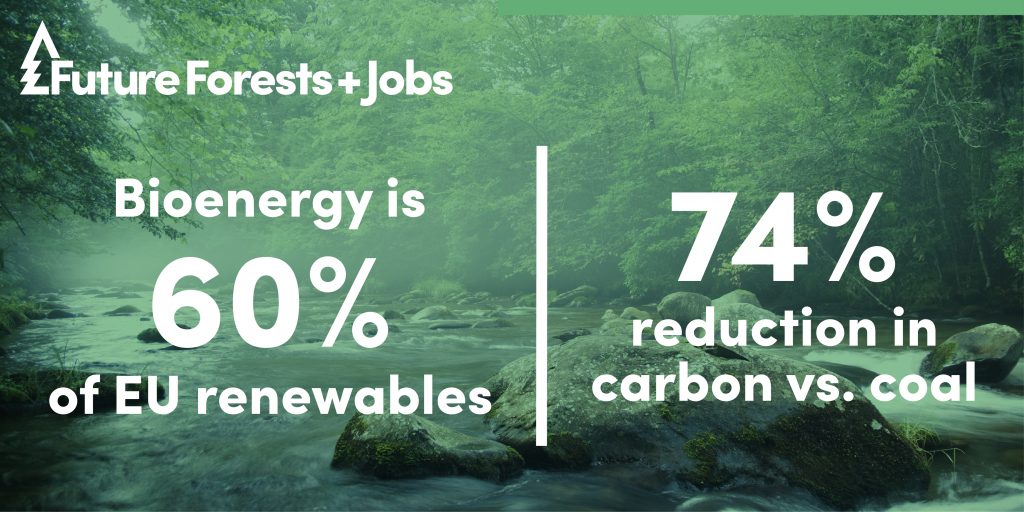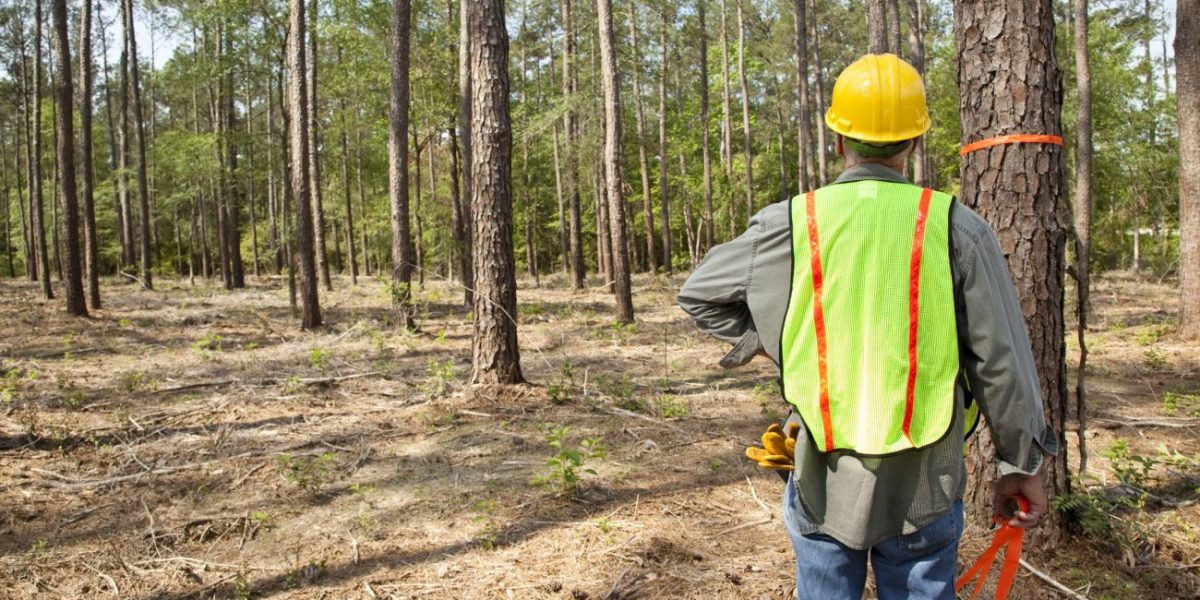During times of economic uncertainty like today, as many are projecting months of double-digit unemployment ahead, good-paying jobs and a stable energy supply are more important than ever.
The wood bioenergy industry is a critical and essential component of the global economy and worldwide energy infrastructure, helping keep the lights on and power flowing in the United Kingdom, Europe and in Asia. That’s why the U.S. Department of Homeland Security has identified the wood bioenergy sector as a “critical infrastructure industry” with a “special responsibility” to maintain operations during a national emergency such as today’s COVID-19 pandemic. First responders, hospitals, and medical professionals rely on the power provided by wood bioenergy to do their jobs and protect our communities.
Wood bioenergy is a key component of the global effort to move away from fossil fuels – and the forest products industry is the economic backbone for millions of US workers across thousands of rural communities. Wood bioenergy provides stable, secure jobs for rural communities in this time of crisis.
Here are some notable facts about the wood bioenergy and forest products industries, and why the work we do is more important now than ever in this time of crisis:
The Forest Products and Wood Bioenergy Industries Support Millions of Jobs Across the U.S.:
According to data compiled by Forest2Market, the forest products industry in the U.S. supports:
– 2.9 million total jobs. This includes: 1.3 million jobs in the South, nearly 600,000 jobs in the Midwest, over 400,000 jobs in the Pacific Northwest, over 400,000 jobs in Appalachia, and over 140,000 jobs in the Northeast.
– $128.1 billion in payroll
– Over $107 billion in GDP

Wood Bioenergy Is A Pivotal Component of The World’s Low-Carbon Energy Supply:
As the European Commission explains, bioenergy is a critical component of Europe’s energy supply:
– Bioenergy is the “main source of renewable energy” in the EU, comprising a 60% share of the EU’s renewable energy
– Forestry is the “main source” of Europe’s biomass energy
– Wood bioenergy is the “most important single source of energy from renewables” in many EU states. “Latvia (29%), Finland (24%), Sweden (20%), Lithuania (17%) and Denmark (15%) had the largest share of wood and wood products in gross inland consumption of energy.”
– Bioenergy plays a “key role” in the EU’s 2030 renewable energy targets

Bioenergy demand is expected to grow in Asia:
– A recent report from FutureMetrics estimates that Japanese demand for low-carbon wood pellets will rise in the coming years, and could exceed 4.5 million metric tons by 2024
Importantly, wood bioenergy supports stable jobs because the bioenergy sector is relatively insulated from short-term economic changes. As Canadian Biomass explains, “the demand for industrial wood pellets is somewhat independent of drops in economic activity. Power demand may decline marginally in a slowdown, but the power generated by wood pellets in the major European, UK, and Japanese importing markets will have a place in the grid even if other sources such as natural gas have to turn down to meet lower aggregate electricity demand.”
In other words, in order to meet GHG emissions reduction goals, countries that have added low-carbon wood bioenergy to their energy mixes will reduce fossil fuel usage, not bioenergy usage.
Wood bioenergy is a necessary tool in the fight against global climate change, and the work of foresters, loggers, landowners, and biomass producers in the United States is more important than ever for countries to keep the lights on and the power flowing to support first responders and the global response to the coronavirus crisis.

